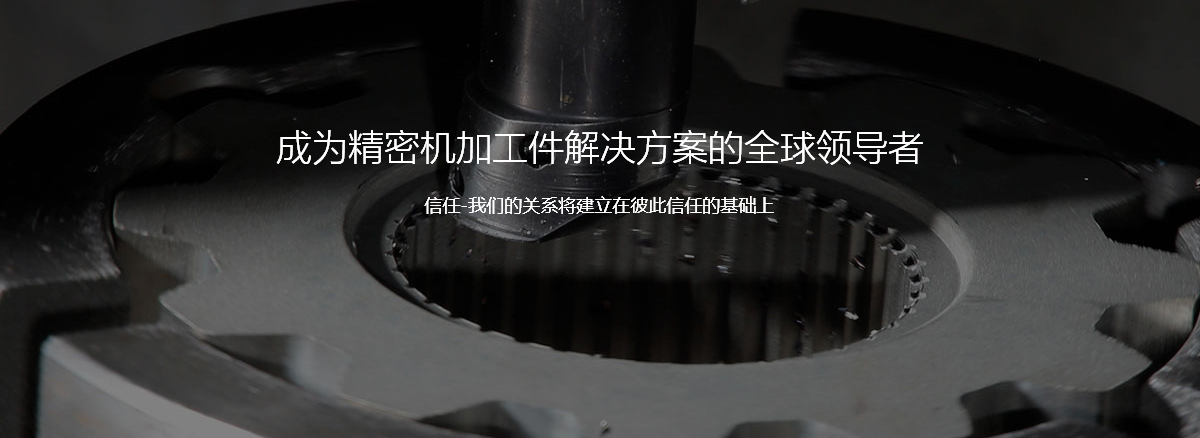CNC machining centers are currently popular mechanical processing equipment. Using CNC machining centers to process workpieces can reduce dependence on machining personnel, but operators need to understand and operate computer programming, and use CNC machining programs to process workpieces. What are the advantages of CNC machining centers?
1. CNC machining centers can reduce the number of fixtures and fixtures. If you want to change the shape and size of a part, you only need to modify the part processing program, which is suitable for new product development and modification.
2. Stable processing quality and high processing accuracy.
3. Under the conditions of multiple varieties and small batch production, production efficiency is high, which can reduce the time for production standards, machine tool adjustment, and process inspection. By using appropriate cutting quantities, cutting time can be reduced.
4. CNC machining centers can process complex contours that are difficult to machine with traditional methods, and even some difficult to machine parts.
CNC machining center is a comprehensive equipment that integrates functions such as milling machines, boring machines, and drilling machines. High production efficiency. General CNC milling machines do not require special process equipment such as specialized fixtures. When replacing a workpiece, only the machining program stored in the CNC device, clamping tools, and adjusting tool data need to be called up, greatly shortening the production cycle. In addition, the spindle speed and feed speed of the machining center are continuously variable, which is conducive to selecting appropriate cutting parameters, such as end face milling, shoulder milling, profile milling, cavity milling, groove milling, turning milling, thread milling, slot milling, slope milling, and circular arc interpolation milling.
In the milling process of CNC machining centers, the workpiece can be fed along or relative to the direction of tool rotation, which will affect the start and end characteristics of cutting. Regardless of the requirements for machine tools, fixtures, and workpieces, milling along the milling path is a good choice. But if the tool is pushed into the workpiece, the feed rate will increase irregularly, leading to excessive cutting thickness and tool breakage. In this application, reverse milling should be chosen. In addition, when the machining allowance changes significantly, it is more advantageous to choose reverse milling.
The selection of milling cutter diameter for CNC machining centers is usually based on the width of the workpiece and the effective power of the machine tool. Especially in end milling, the milling width of the workpiece directly determines the diameter of the milling cutter. In general, the diameter of the milling cutter should be greater than the width of the workpiece, as this helps to ensure good chip formation and appropriate cutting edge load. In an ideal situation, the positioning of the milling cutter should always be slightly off center, as the cutting formed by each blade is very small, and the entry and exit of the blade is conducive to chip formation and prevents impact loads. However, if the tool is completely centered, the average radial force will constantly change direction when the cutting edge enters or exits the cut, causing the machine spindle to vibrate, and the blade may break, resulting in poor surface quality. The position of the milling cutter relative to the workpiece, tool feed, and contact with the cutter teeth are extremely important factors for successfully completing this process.


